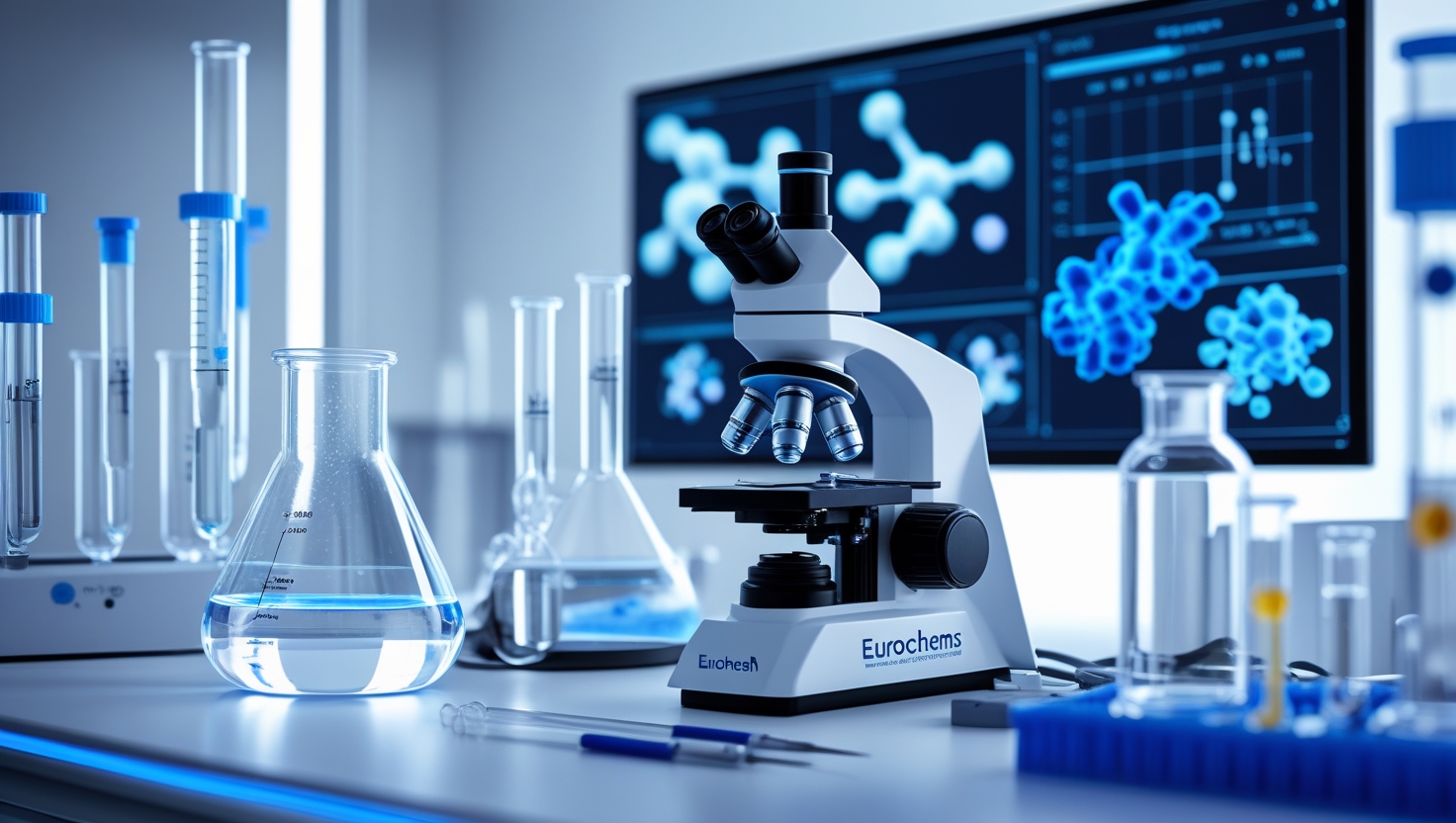
For anyone working with research chemicals, ensuring product quality is crucial. Whether you’re a scientist, student, or independent researcher, the reliability of your data—and your safety—depends on using chemicals that are pure, consistent, and accurately labeled.
But with so many suppliers and products on the market, how can you verify that the research chemicals you’re buying meet the necessary standards? This guide will walk you through practical steps to assess and confirm the quality of Research chemicals.
Understand the Importance of Quality
Before diving into verification methods, it’s essential to know why quality matters:
- Purity affects results: Impurities can cause unexpected reactions or skew experimental data.
- Safety concerns: Contaminants might be toxic or reactive.
- Legal compliance: Using properly tested chemicals helps avoid regulatory issues.
- Reproducibility: High-quality chemicals enable consistent, repeatable experiments.
Look for a Certificate of Analysis (CoA)
The most reliable way to verify chemical quality is through a Certificate of Analysis (CoA). A CoA is a formal document provided by the manufacturer or an independent lab that details:
- The compound’s identity and chemical structure
- Purity percentage (usually above 98% for research-grade chemicals)
- Details on impurities or contaminants
- The testing methods used (such as GC-MS, NMR, or HPLC)
- Batch number and manufacturing date
Always request a CoA before purchasing, and verify that it corresponds to the batch number on your product.
Check the Vendor’s Reputation and Transparency
A trustworthy vendor will be transparent about their sourcing and quality control procedures. Here’s what to look for:
- Clear product descriptions with technical specifications
- Readily available CoAs for every product and batch
- Positive reviews or testimonials from other researchers
- Responsive customer service willing to answer technical questions
Avoid vendors that don’t provide detailed information or refuse to share testing data.
Inspect Packaging and Labeling
Quality research chemicals are typically shipped with careful packaging and clear labels. When your order arrives:
- Check that the packaging is intact and tamper-proof
- Confirm that the label includes the chemical name, batch number, purity level, and safety warnings
- Look for expiry dates or storage instructions
Poor packaging or missing information can be a sign of low-quality or counterfeit products.
Use Analytical Testing When Possible
If you have access to laboratory equipment, conducting your own tests can provide direct confirmation of quality. Common analytical methods include:
- Gas Chromatography-Mass Spectrometry (GC-MS): Identifies chemical components and impurities.
- Nuclear Magnetic Resonance (NMR) Spectroscopy: Confirms molecular structure.
- High-Performance Liquid Chromatography (HPLC): Measures purity and detects contaminants.
While these tests require specialized equipment and expertise, they’re the gold standard for verifying chemical quality.
Stay Informed About Regulations and Updates
Research chemical regulations and standards evolve constantly. Staying informed helps you avoid suppliers who sell banned or poorly controlled substances.
Keep up with:
- Updates from your country’s regulatory agencies
- EU directives and monitoring reports on new psychoactive substances
- Scientific literature on the latest quality standards
Being proactive about compliance protects your research and reputation.
Final Thoughts
Verifying the quality of research chemicals isn’t just about trusting a label—it’s about being diligent and informed. By demanding Certificates of Analysis, choosing reputable vendors, inspecting shipments carefully, and conducting tests where possible, you can ensure your chemicals meet the standards your work requires.
High-quality chemicals lead to safer, more accurate research outcomes—and that’s a foundation no researcher should compromise.